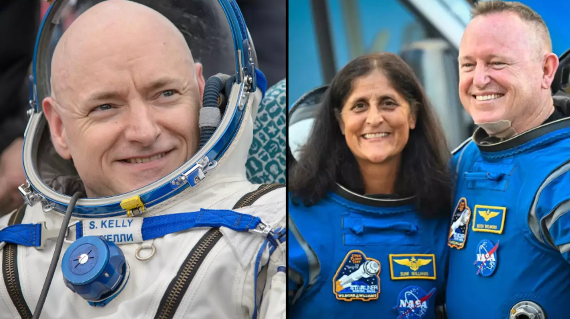Ex-NASA astronaut Scott Kelly has his say on the astronauts who have stuck in space since 5 June

The only person who might know how two stranded astronauts are feeling has provided some insight into the situation.
Starliner’s test pilots Barry ‘Butch’ Wilmore, 61, and Sunita ‘Suni’ Williams, 58, embarked on what was supposed to be an eight-day trip to the International Space Station (ISS) on 5 June.
But when thruster and leak problems hit Boeing’s Starliner capsule after lift-off, it meant that they wouldn’t return as scheduled.
On 8 August, NASA’s Commercial Crew Program manager, Steve Stich, said that the pair’s most likely choice could be to hop on Space X Crew-9’s return flight in February 2025, while the Starliner will be undocked and returned back to Earth by itself.
“We have been working with SpaceX to ensure they are ready to respond with Crew-9 as a contingency,” Stich said.
“We have not formally committed to this path, but we wanted to ensure we had all that flexibility in place.
“Our prime option is to return Butch and Suni on Starliner. However, we have done the requisite planning to make sure we have other options open.
“I think Butch and Suni are ready to do whatever we need them to do.”
Meanwhile, ex-NASA astronaut Scott Kelly – who’d spent almost a year on the ISS from 2015 to 2016 – reckons that the pair are doing just fine up there.
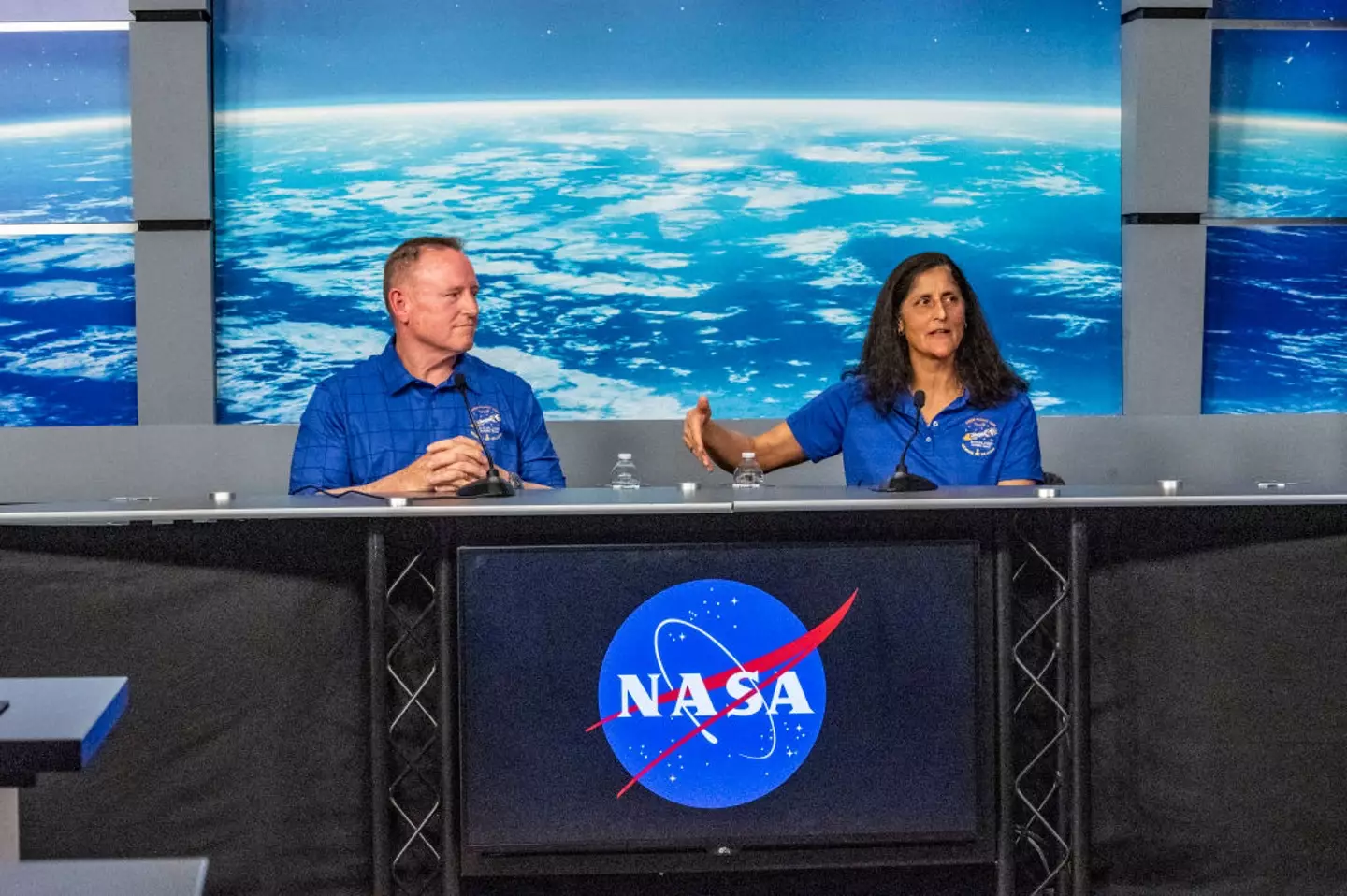
Barry ‘Butch’ Wilmore and Sunita Williams are currently stuck up in space (Kirk Sides/Houston Chronicle via Getty Images)
“I knew them before they were astronauts and we were all test pilots in the Navy,” he told PEOPLE. “They’ll be able to handle it.”
Speaking about Williams, he added: “She is a great spirit of a person and I’m sure she’s not minding being up there for more time.
“She’s very enthusiastic about most things.”
Kelly’s career in space spanned from 1996 to 2016 when he retired – he knows exactly what it’s like to spend so long in space.
“I describe it like a large four-bedroom house but filled with a lot of stuff,” Kelly said.
“I always felt like I needed more space, not for me but an extra room for the storage situation.”
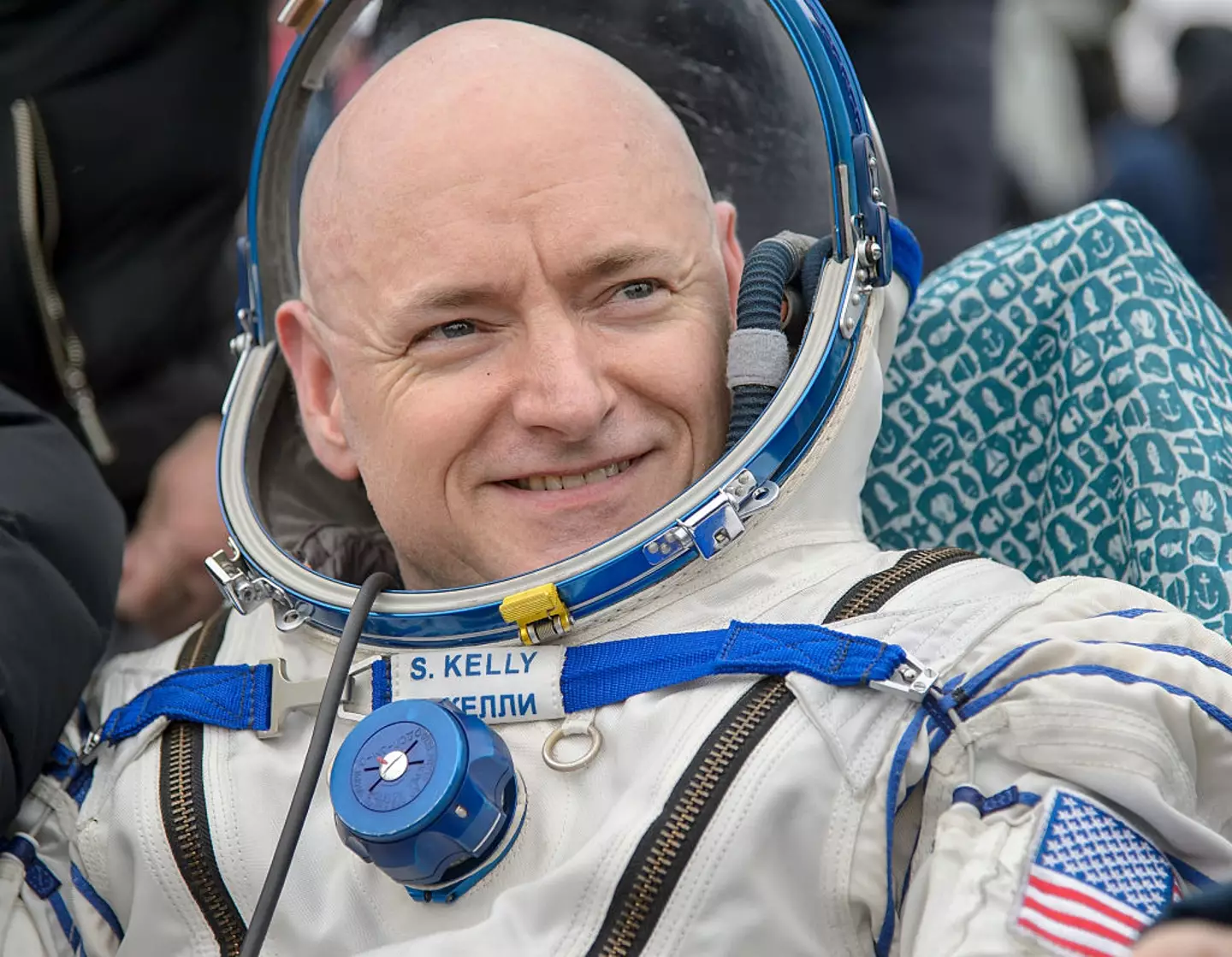
Ex-NASA astronaut Scott Kelly knows better than most how they’re probably feeling (Bill Ingalls/NASA via Getty Images)
On how to keep buys, he explained: “You have some personal stuff, you sleep there, you have some computers and things.”
However, he says the hardest thing about being up there is not to get the ‘breeze on your face’ from the natural outdoors.
“The air is kind of stale inside and it can have a bit of odor depending on where you’re at,” Kelly added.
Thankfully, the two-person crew will have plenty of food supplies if they were to stay up in space for that long.
NASA said their plan was for the two to return on a SpaceX car,
However, there could be another issue potentially facing Williams and Wilmore as NASA also revealed that the spacesuits they’d be wearing for their journey were incompatible with the other aircraft.Featured Image Credit: Bill Ingalls/NASA via Getty Images/MIGUEL J. RODRIGUEZ CARRILLO/AFP via Getty Images

Anish Vij
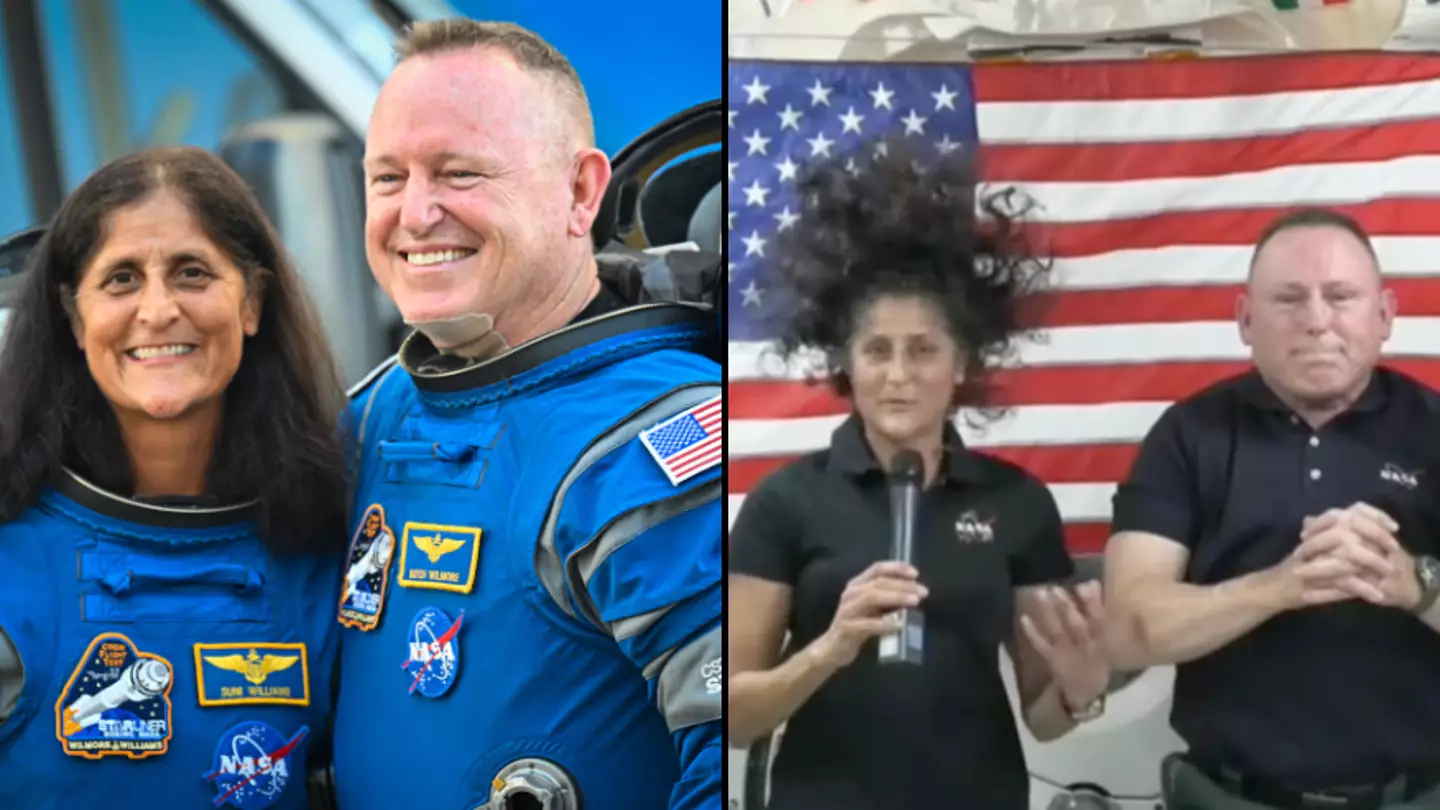
Updated 15:00 10 Aug 2024 GMT+1Published 14:59 10 Aug 2024 GMT+1
Experts warn of ‘life-altering’ risks astronauts stuck in space until 2025 face if stranded until then
NASA astronauts Barry Wilmore and Sunita Williams stranded on the ISS after their spacecraft faced technical issues

Two astronauts currently stranded on the International Space Station (ISS) risk ‘life-altering’ side effects if they stay in space until 2025, experts warn.
On 5 June, NASA test-pilots Barry ‘Butch’ Wilmore and Sunita Williams set out on an eight-day trip to the ISS.
However, the new Boeing Starliner capsule that was supposed to bring them home experienced a number of technical issues, leaving the pair stranded until NASA is able to come up with a solution.
The space agency has been working tirelessly to find a way to bring Wilmore and Williams home, but revealed in a statement earlier this week that this could be as late as next year.
NASA’s Commercial Crew Program manager Steve Stich explained on Wednesday (7 August) that the duo’s only choice could be to hop on the return flight of another mission in February 2025.
“We have been working with SpaceX to ensure they are ready to respond with Crew-9 as a contingency,” Stich said.
“We have not formally committed to this path, but we wanted to ensure we had all that flexibility in place.
“Our prime option is to return Butch and Suni on Starliner. However, we have done the requisite planning to make sure we have other options open.
“I think Butch and Suni are ready to do whatever we need them to do.”
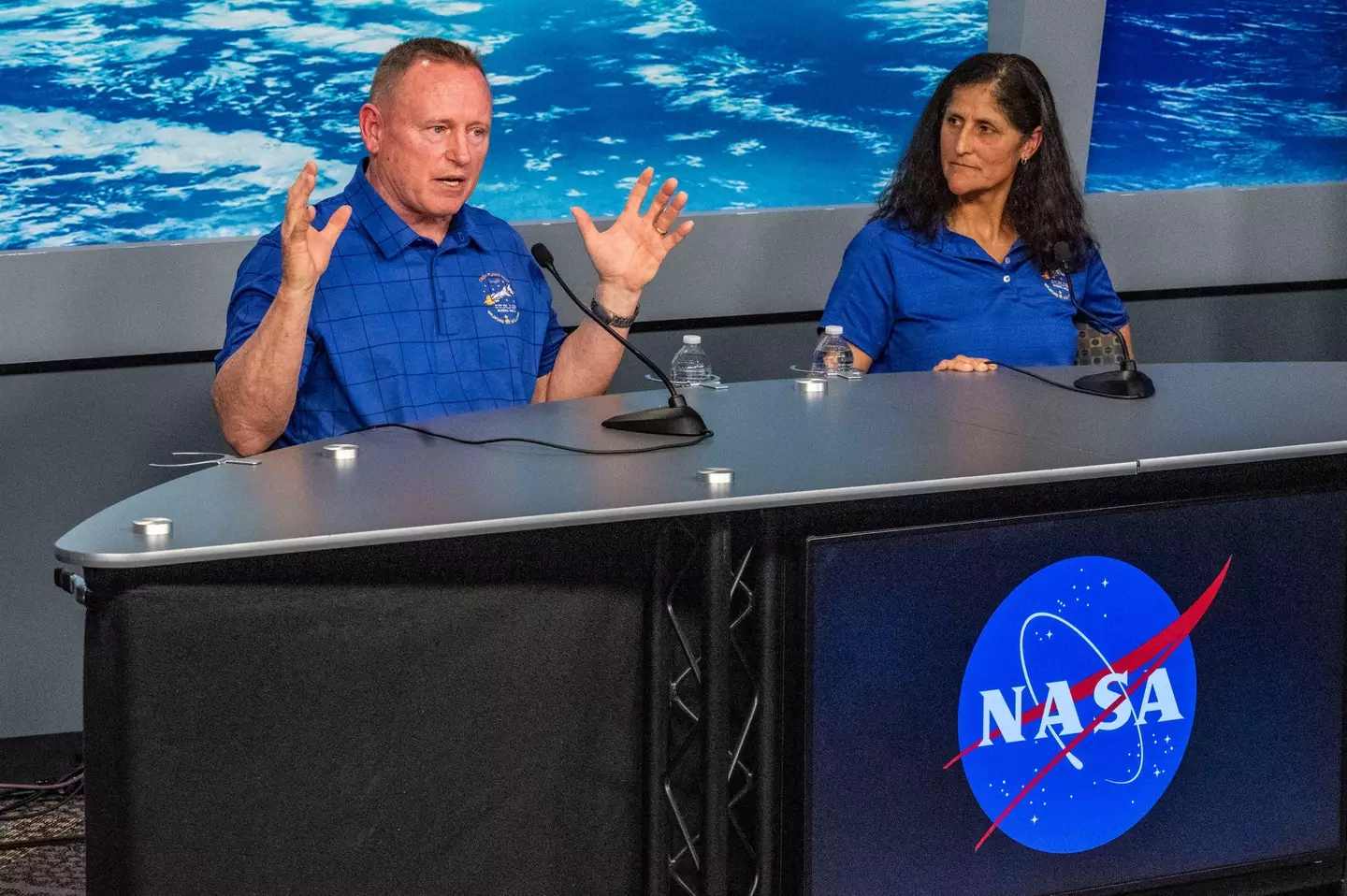
Astronauts Barry ‘Butch’ Wilmore and Sunita Williams could be stuck in space until next year after technical issues with their spacecraft. (Kirk Sides/Houston Chronicle via Getty Images)
If it were to come down to this option, the astronauts will have been on the ISS for eight months by the time they return to Earth.
But this could pose a major risk to their health as their bodies could start deteriorating the longer they are in space.
Rachael Seidler, a professor of Applied Physiology and Kinesiology at the University of Florida, told DailyMail.com: “Generally, almost all of the changes that we see with human spaceflight in terms of physiology seem to be dose dependent.
“The longer you’re there, the bigger the change – at least up to a point.”
Living in reduced gravity means the body’s bones and muscles aren’t working as hard as they should be. This can lead to a loss in bone density and muscle atrophy.
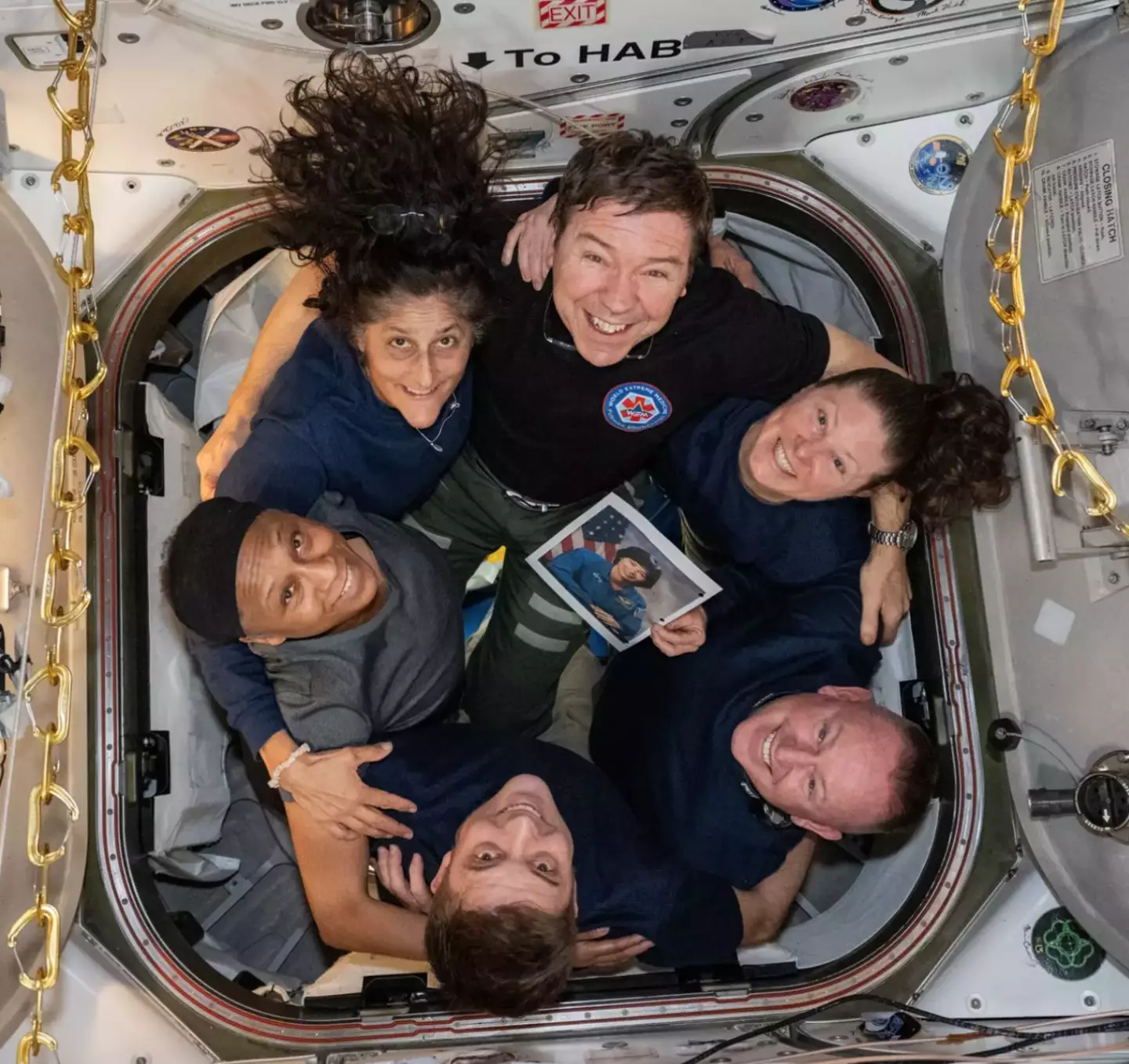
Wilmore and Williams have adapted to living on the ISS but the longer they’re in space, the more damage it’ll do to their bodies. (Instagram/@ISS)
“Astronauts experience accelerated bone loss at an alarming rate – about 12 times faster than severe osteoporosis on Earth,” Kyle Zagrodzky, founder and CEO of bone health clinic Osteostrong, told Newsweek.
“Osteoporosis increases fracture risk, often leading to life-altering injuries.”
Additionally, astronauts on long duration space missions can lose up to 50 percent of their muscle mass, according to the European Space Agency, affecting their ability to do physically demanding activities and causing great pain.
Other concerning health risks Wilmore and Williams could face include changes to the shape and function of their hearts, vision problems and intense radiation exposure.
Each day they spend on the ISS will do more damage to their bodies, so the sooner NASA can get them home, the better.Featured Image Credit: MIGUEL J. RODRIGUEZ CARRILLO/AFP via Getty Images/NASA
Topics: Space, NASA, Science, Health

Bec Oakes

Published 17:06 8 Aug 2024 GMT+1
How NASA astronauts who face being stuck in space until 2025 are keeping busy amid concerns for their return
Can you get Netflix in space?

The two NASA astronauts who could remain stuck in space until 2025 have revealed what they are doing to keep busy.
On 5 June, astronauts Barry Wilmore, 61, and Sunita Williams, 58, left Earth for what they expected to be an eight day trip into space as the first test pilots of new Boeing Starliner spacecraft.
However their mission would not go to plan, with the two astronauts finding themselves stranded on the International Space Station (ISS) ever since.
NASA is currently examining various options on how they can bring Wilmore and Williams safely back to earth, with a return onboard SpaceX’s Crew-9 currently being eyed-up as an option.
However, the Crew-9 won’t be able to bring the pair back to Earth until February 2025, which means Wilmore and Williams could have a long wait on the ISS ahead of them.
So how do two astronauts who only expected to be in space for eight days keep themselves occupied?
Spending an extended period of time cooped up inside the ISS with nothing to do other than twiddle your thumbs sounds like enough to drive the most patient of person crazy, which is why the pair have wasted no time in integrating themselves into daily life over 250 miles away from planet Earth.
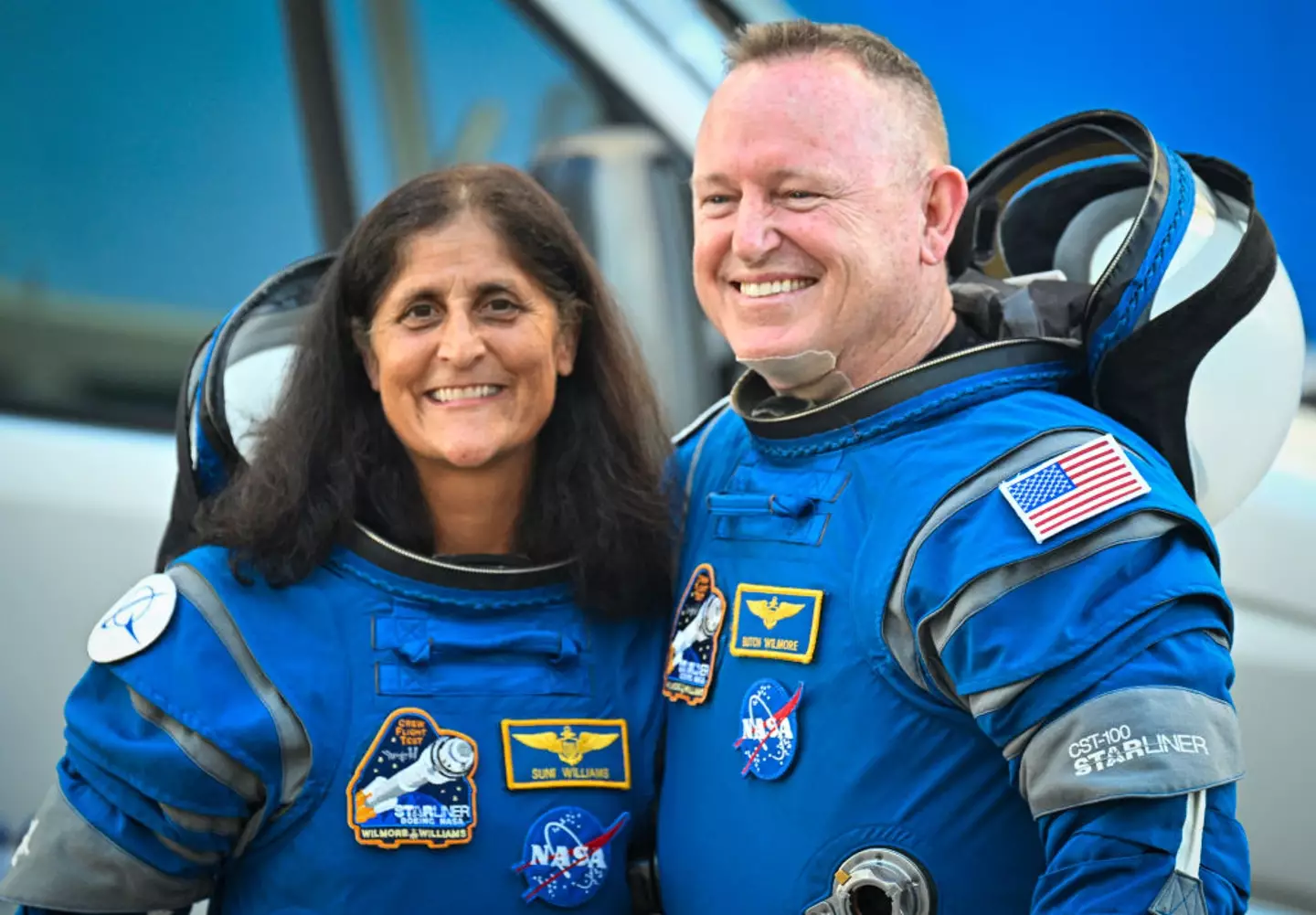
The two astronauts left on what was expected to be an eight day mission. (MIGUEL J. RODRIGUEZ CARRILLO/AFP via Getty Images)
Speaking during an interview with reporters, the pair explained that they were filling their days by conducting science experiments, cleaning toilets and taking part in a ‘zero gravity’ version of the Olympics, as per The Daily Mail.
“We’ve been thoroughly busy up here, integrated right into the crew,” Williams said in the interview.
“It feels like coming back home. It feels good to float around. It feels good to be in space and work up with the ISS team. So yeah, it’s great to be up here.”
Spending an extended period of time in the zero gravity conditions of space isn’t something that’s too out of the ordinary for Williams, as she previously served a total of 10 months during two missions which occurred in 2006 and 2012.
“Best week ever,” she tweeted on 11 June. “So happy to be back in space and on (ISS). The ride was amazing, and being here with friends is just awesome.”
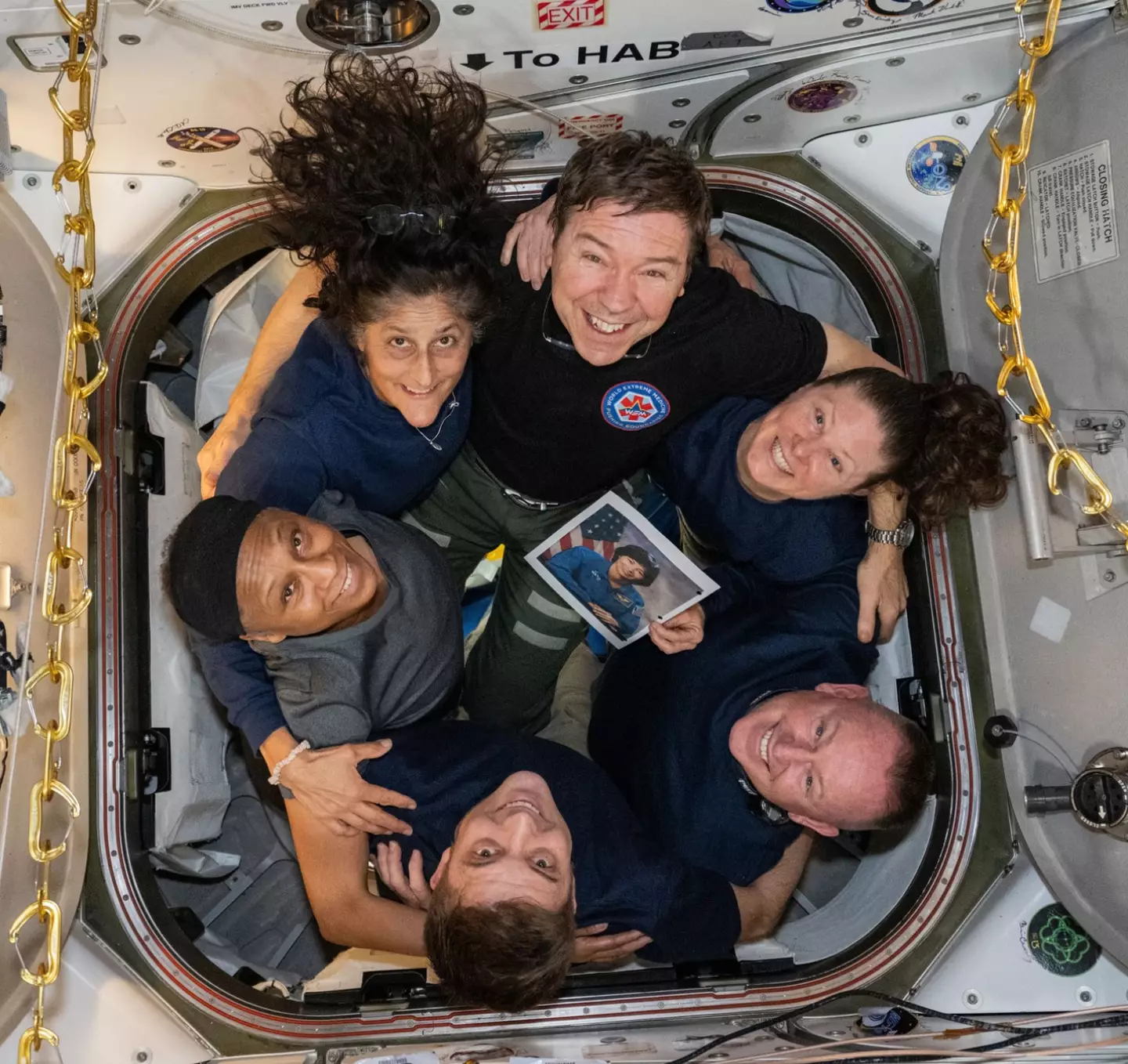
The pair have since adapted to life onboard the ISS. (Instagram/ @ISS)
Williams and Wilmore’s positive outlook on their newfound home will work out well for the pair, as there’s currently no guarantee they’ll be able to come home onboard the Crew-9.
“We have been working with SpaceX to ensure they are ready to respond with Crew-9 as a contingency,” NASA’s Commercial Crew Program manager Steve Stich said yesterday (7 August).
“We have not formally committed to this path, but we wanted to ensure we had all that flexibility in place.
“Our prime option is to return Butch and Suni on Starliner. However, we have done the requisite planning to make sure we have other options open.”Featured Image Credit: MIGUEL J. RODRIGUEZ CARRILLO/AFP via Getty Images / NASA

Brenna Cooper
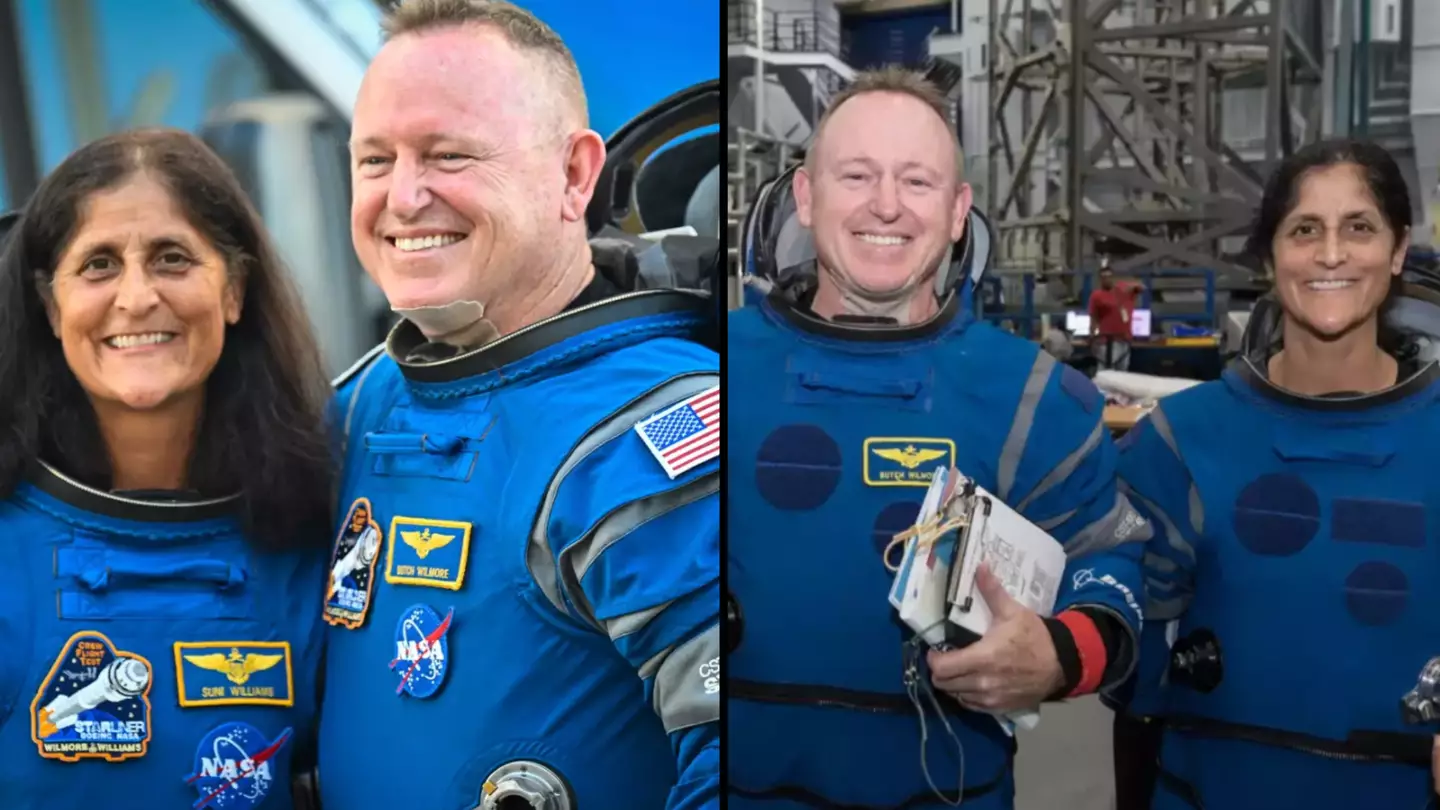
Published 16:26 24 Aug 2024 GMT+1
NASA’s stranded astronauts have another major problem with their spacesuits as race continues to save them
Barry ‘Butch’ Wilmore and Sunita Williams have been stranded in space since June

NASA has revealed further complications in the mission to bring stranded astronauts Barry ‘Butch’ Wilmore and Sunita Williams home from the International Space Station (ISS).
Earlier this year, the two astronauts had set out on what was expected to be a short eight day mission into space onboard the maiden voyage of the new Boeing Starliner capsule.
However the pair would soon run into issues with the Starliner following their 5 June departure from Earth, meaning Wilmore, 61, and Williams, 58, are still waiting to return home after 80 days away from home.
